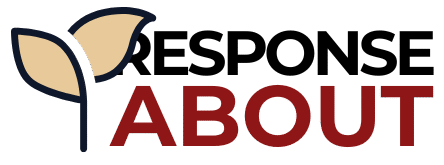That emergency kit you’ve been putting off because of money? Stop waiting. Most Americans think prepping costs thousands, but you already own 90% of what you need.
I learned this the hard way after Hurricane Maria left me scrambling. No power, no water, no plan. My expensive “someday” prepping list sat useless on my phone while my neighbor—a single mom on a tight budget—shared her stored water, home-canned food, and hand-cranked radio.
She taught me that smart prepping isn’t about fancy gear or stockpiles. It’s about skills, creativity, and using what you have.
The truth? Nearly half of Americans can’t cover a $1,000 emergency expense, yet disasters don’t care about your bank balance. This guide shows exactly how to protect yourself and your family without spending a single cent.
1. Repurpose Beverage Containers for Storage

Wash soda bottles, juice containers, and milk jugs with dish soap and water. Rinse well with clean water. Fill with tap water, leaving a small air gap at the top. Secure caps tightly.
You already have these containers in your home. Instead of recycling them, you turn them into valuable water storage. It costs nothing but a few minutes of your time.
Replace stored water every six months. Keep containers in a cool, dark place away from direct sunlight to prevent algae growth and plastic breakdown.
Alaska Prepper, a popular YouTube survival expert, shows this method in multiple videos. He recommends 2-liter soda bottles as the most reliable option for long-term storage.
2. Rainwater Collection Systems
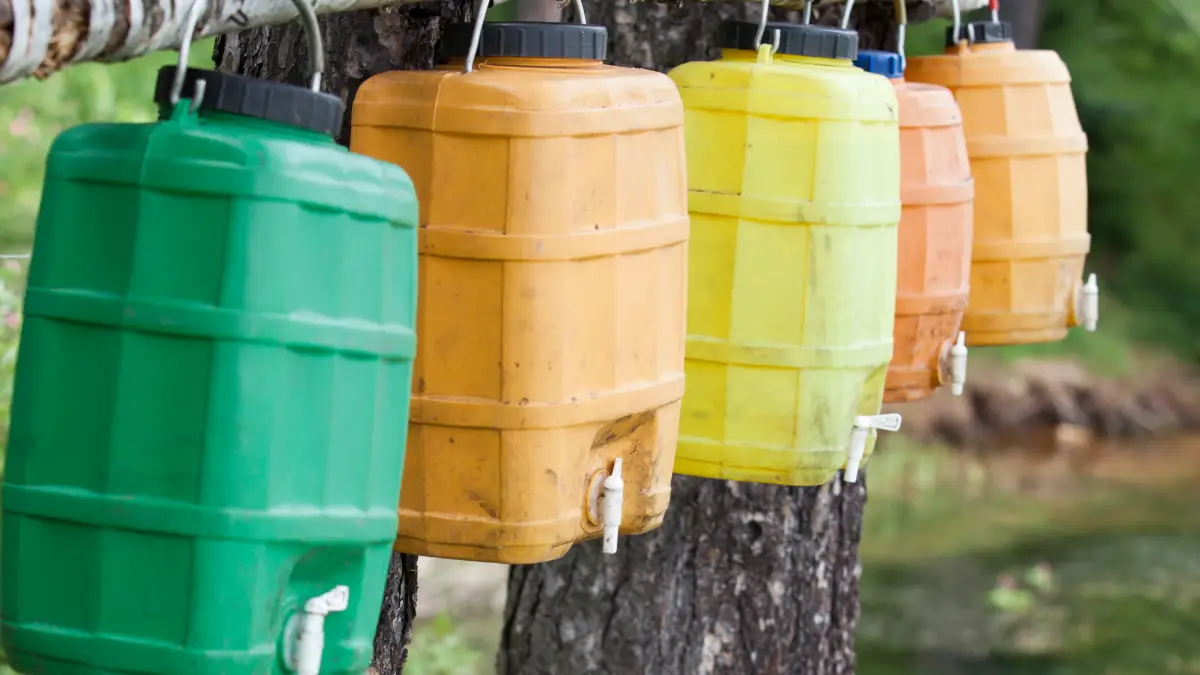
Place clean buckets or barrels under downspouts or roof edges during rainfall. For a more permanent setup, attach a hose to your existing gutter downspout and direct it into a larger container.
Most states allow residential rainwater collection, but check your local laws first. Some areas have specific regulations about how much you can collect or how you can use it.
A typical roof collects about 600 gallons of water for each inch of rainfall. Even a small 500-square-foot roof section can capture 300 gallons in a 1-inch rain shower.
Ready.gov lists rainwater harvesting as a recommended method for emergency water collection.
3. Solar Water Disinfection (SODIS)
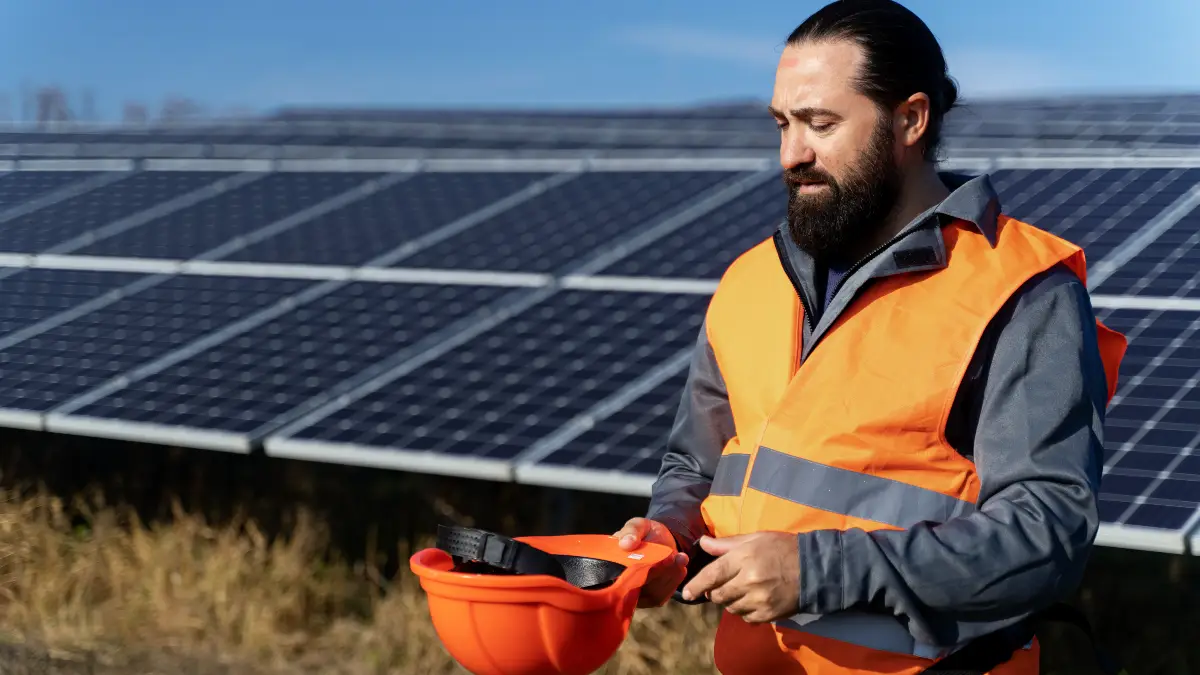
Fill clear plastic or glass bottles with water. Place them on a reflective surface (like aluminum foil or a metal roof) in direct sunlight for at least 6 hours on sunny days or 2 days when it’s cloudy.
UV rays from the sun kill harmful bacteria, viruses, and parasites. The heat also helps destroy pathogens. Together, they make water safer to drink.
This method is completely free if you have sunlight and bottles.
The World Health Organization endorses this method. It’s used in developing countries worldwide and can eliminate up to 99.9% of harmful microorganisms.
4. Boiling Water
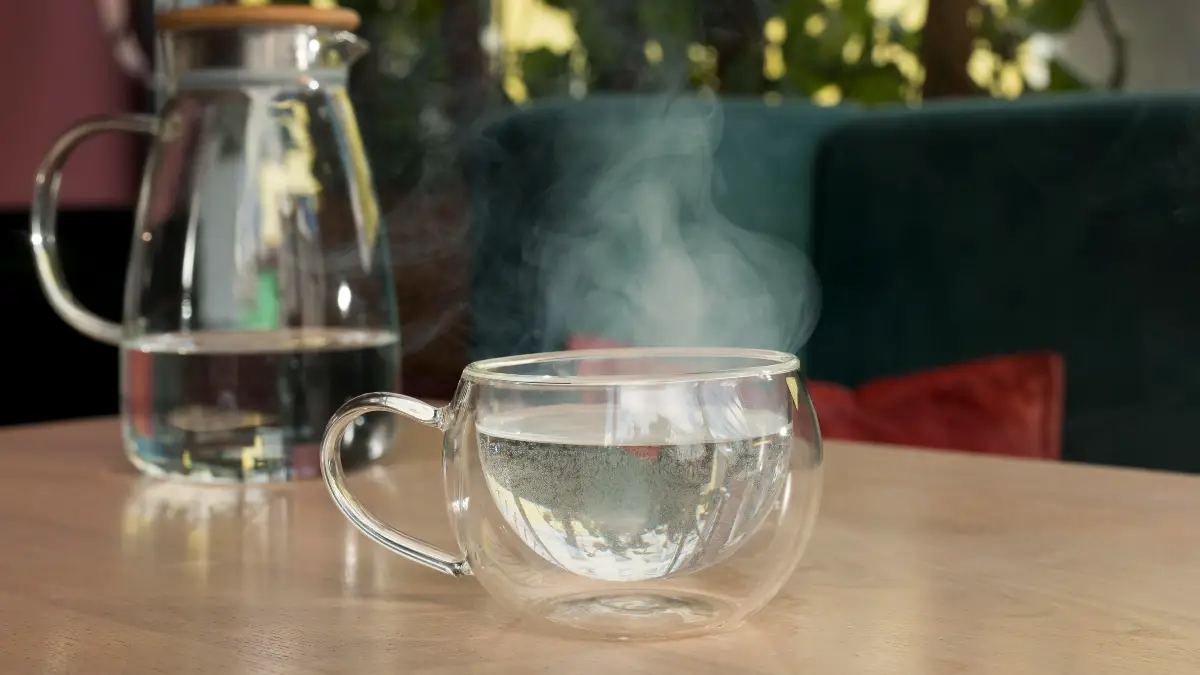
Fill a pot with water and bring it to a rolling boil for at least 1 minute (3 minutes if you’re at high altitude, above 6,500 feet).
Boiling is the most effective way to kill disease-causing organisms without special equipment or chemicals.
You can use any heat source available—a kitchen stove, campfire, grill, or even a solar oven on a sunny day.
The Centers for Disease Control and Prevention lists boiling as their primary recommendation when water safety is uncertain.
Supporting Statistics:
- 37% of Americans don’t have even a 3-day supply of water stored for emergencies.
- Water is the very first item FEMA recommends in every emergency preparedness kit.
5. Master the FIFO (First In, First Out) System

Organize your pantry so the oldest items are in front, where you’ll use them first. Each time you shop, add one extra can or box of food you normally eat.
The Prepared, a respected emergency readiness website, stresses building food storage with “NO extra money” using this exact method.
You simply rotate what you buy and eat regularly. Use the oldest items first, and gradually build depth in your pantry.
Within months, you’ll build weeks of food supplies without spending extra money or changing your budget.
6. Wild Edible Plant Identification
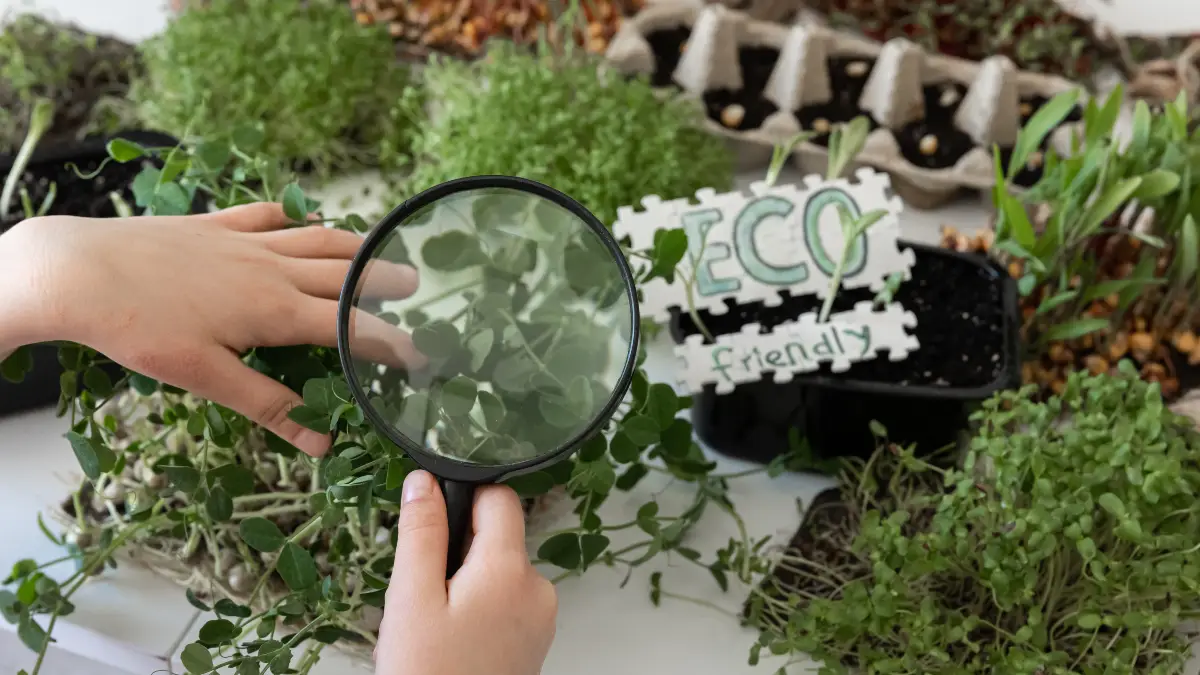
Learn to identify 5-10 common edible plants in your area. Good starter plants include dandelions (the entire plant is edible), plantain, purslane, lamb’s quarters, chickweed, and clover.
Get field guides from your local library, watch YouTube identification videos, or contact your county’s extension office for free guides specific to your region.
Start by identifying plants in your own yard. Once confident, expand to parks and public spaces where foraging is allowed.
Wild edibles often contain more vitamins and minerals than grocery store vegetables. Purslane, for example, has more omega-3 fatty acids than many fish.
Never eat any plant unless you’re 100% certain of its identity. Use multiple trusted sources to confirm before tasting anything new.
7. Urban and Rural Foraging

Look for fruit trees in public spaces, parks, and along roadsides. Many neighborhoods have apple, pear, or plum trees that drop fruit that goes unused.
Check local laws before harvesting. Most fruit trees in public areas are legal to harvest, but always ask permission for trees on private property.
Depending on your region, you might find apple trees, blackberry bushes, mulberry trees, persimmons, or pawpaws.
Some cities have “fallen fruit” programs or online maps connecting hungry foragers with homeowners who have excess produce from their trees.
8. Root Cellaring and Natural Food Preservation
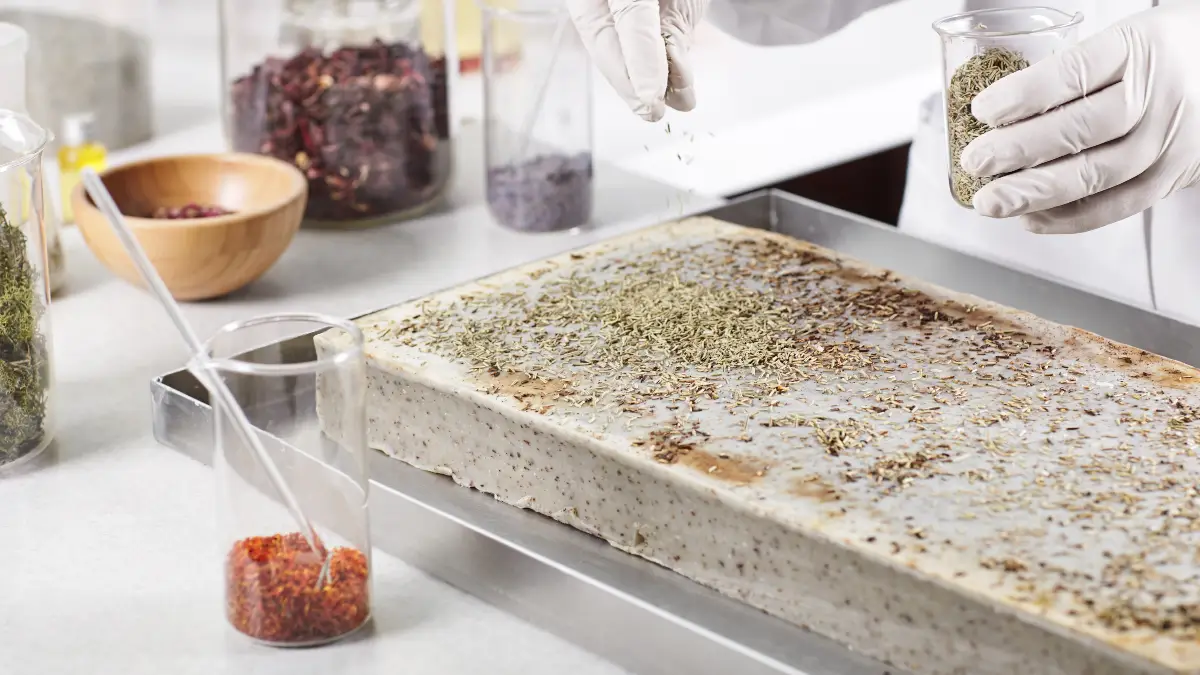
Use an existing basement, unheated garage, or dig a simple “tater hole” in the ground to store root vegetables. The earth provides natural refrigeration.
The ground maintains a fairly constant 50-55°F year-round just a few feet below the surface—perfect for preserving many foods.
Potatoes, carrots, beets, turnips, apples, winter squash, and cabbage all store well without electricity.
Many items last 3-6 months with proper storage conditions. Some varieties of apples, potatoes, and winter squash can last even longer.
You can sun dry or air dry fruits and vegetables using old window screens propped up on bricks. This ancient preservation method costs nothing.
Supporting Statistics:
- 25% of Americans don’t have 3 days of non-perishable food on hand.
- FEMA recommends a minimum 3-day food supply, but preferably a 2-week supply.
- Food bank use jumped 44% during 2020-2021 emergencies (Feeding America).
9. Fire-Making Without Matches or Lighters
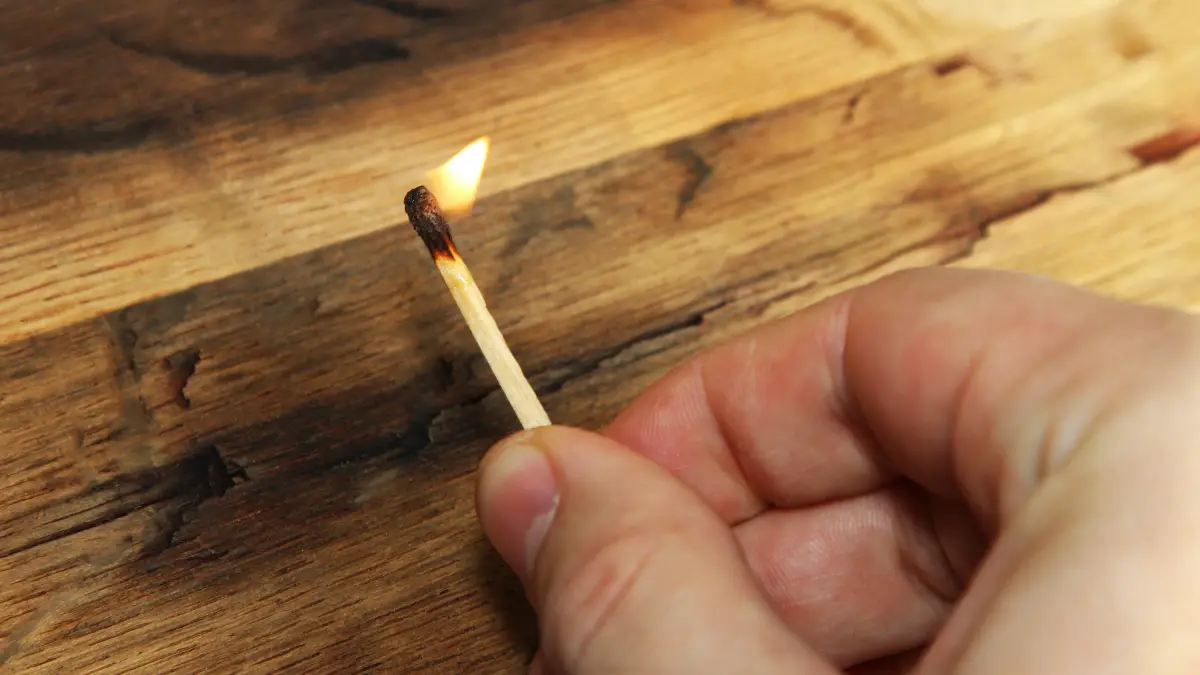
Learn several techniques like the bow drill, hand drill, flint and steel, or fire plow. Each uses friction or sparks to create an ember that you can blow into flame.
Your backyard or local parks are perfect places to practice these skills. Start with small, contained fire areas and always have water nearby.
YouTube channels like Primitive Technology offer detailed tutorials. Many survival blogs provide step-by-step guides with pictures.
Master at least 2-3 different fire-starting methods so you have backup options.
Fire gives you warmth, water purification, cooking ability, and a way to signal for help—all critical in emergency situations.
10. Basic First Aid and CPR
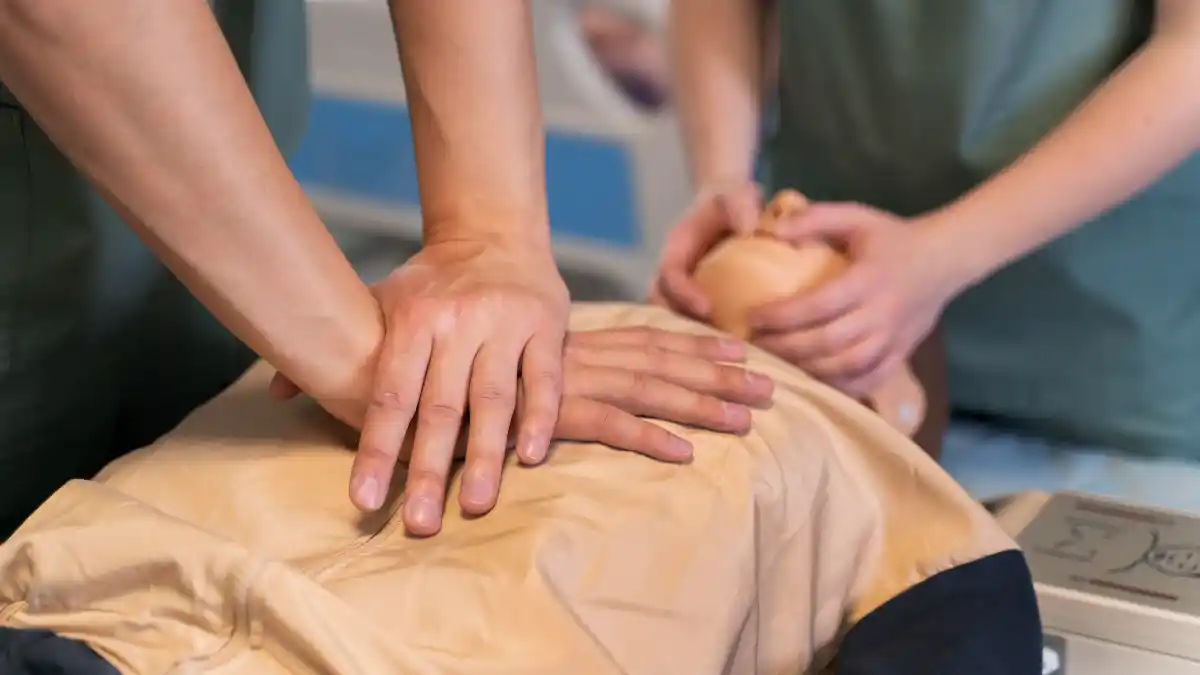
The Red Cross offers “Until Help Arrives,” a free 90-minute online course. Many local fire departments host free CPR classes for community members.
While 76% of Americans feel prepared to call 911 in an emergency, only 29% feel confident using an AED. People without CPR training provide virtually zero chance of survival for cardiac arrest victims.
Focus on compression-only CPR, responding to choking, controlling bleeding, and basic splinting for injuries.
While formal certification is helpful, the basic knowledge to save a life is available free online and could make the difference in an emergency.
FEMA’s Independent Study program includes first aid courses among their 200+ free training options.
11. Navigation Without GPS

You don’t need fancy electronics to find your way. Learn basic sun navigation (the sun rises in the east and sets in the west). Find the North Star at night (it’s always north). Notice natural landmarks like mountains or large trees. Practice reading paper maps.
You can get free state highway maps mailed to you from most Department of Transportation websites. The US Geological Survey (USGS) offers free downloadable topographic maps you can print at home or at your local library.
Start small by turning off your phone’s GPS and finding your way home from familiar places. Then try new areas as your skills grow.
During emergencies, 45% of people don’t have an emergency radio. Cell towers often fail during disasters, and GPS doesn’t work without power. Paper maps and basic navigation skills never need batteries.
12. Situational Awareness Practice

Make daily observation a habit. When you enter a building, notice where the exits are. Look for potential dangers. Watch how people act around you. Ask yourself: “What doesn’t look right here?”
The Cooper Color Code: This simple mental system uses four levels of awareness:
- White: Relaxed and unaware (avoid this in public)
- Yellow: Relaxed but watching your surroundings (your default in public)
- Orange: Something specific has your attention
- Red: Ready to take action
This skill costs nothing but your attention and focus.
Good awareness prevents about 90% of emergencies simply by helping you avoid dangerous situations before they happen.
Ask any survival expert their top skill—nearly all will say situational awareness comes first.
13. Knot Tying Mastery
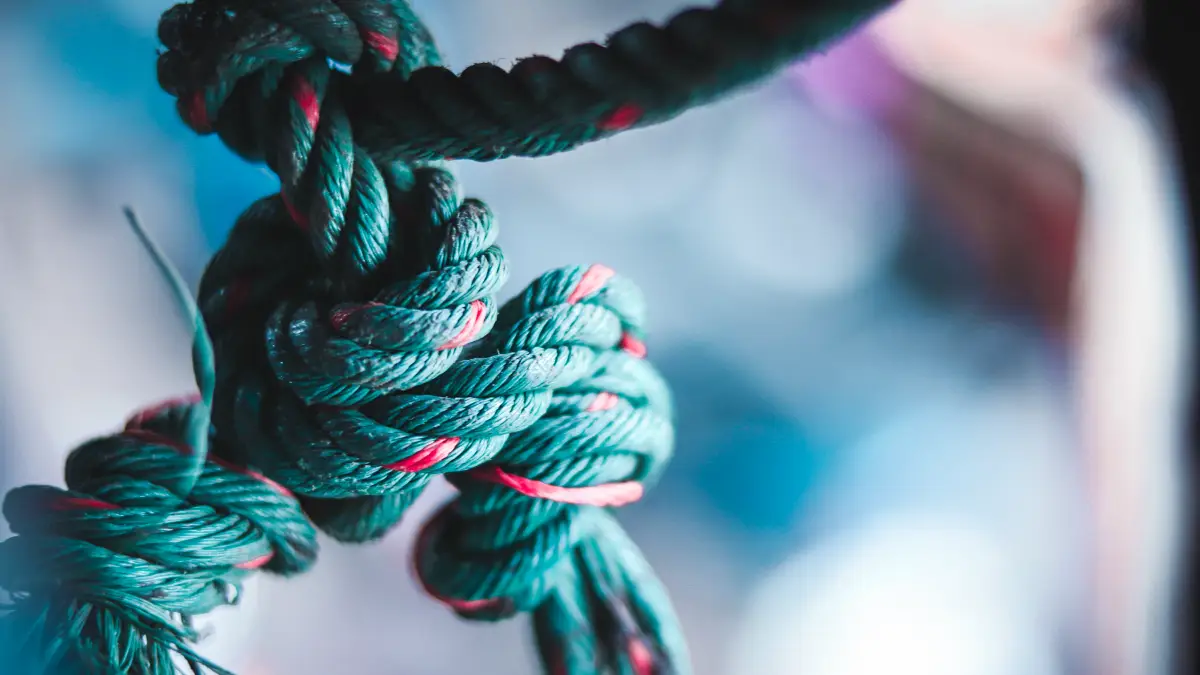
Start with these five: the bowline (creates a fixed loop that won’t slip), clove hitch (quick tie around posts), taut-line hitch (adjustable tension), square knot (joining two ropes), and figure-eight (stops rope from slipping through holes).
Use any rope or cord you already have—shoelaces, paracord, twine, or even strips of old t-shirts.
The Animated Knots website shows step-by-step visuals. YouTube has countless tutorials. Many libraries have Boy Scout or sailing manuals with knot instructions.
These knots help you build shelters, secure gear, make emergency splints, or help in rescue situations.
Practice 15 minutes each day. You’ll master all five basic knots within two weeks.
Important Statistics:
- People who learned about emergency prep were 5 times more likely to actually prepare (FEMA 2023).
- While 89% of Americans received some emergency information last year, most haven’t taken action.
- Over 600,000 people have gotten free training through CERT programs since 1993.
Expert Quote:
Les Stroud (Survivorman creator): “The more survival skills a person has, physically and otherwise practiced, the better the chance those skills will come to bear in a stressful emergency.”
14. FEMA’s Free Training and Certification

FEMA offers over 200 completely free online courses at training.fema.gov. These cover everything from basic emergency prep to specific disaster response.
Popular courses to try:
- IS-317: Introduction to Community Emergency Response Teams
- IS-235: Emergency Planning
- IS-271: Anticipating Hazardous Weather
You earn an electronic certificate after completing each course. Many courses provide continuing education units that can help with job credentials.
These courses are open to all U.S. residents, not just emergency workers or government employees.
Most courses take 2-8 hours to complete, and you can work at your own pace.
15. Community Emergency Response Team (CERT) Training
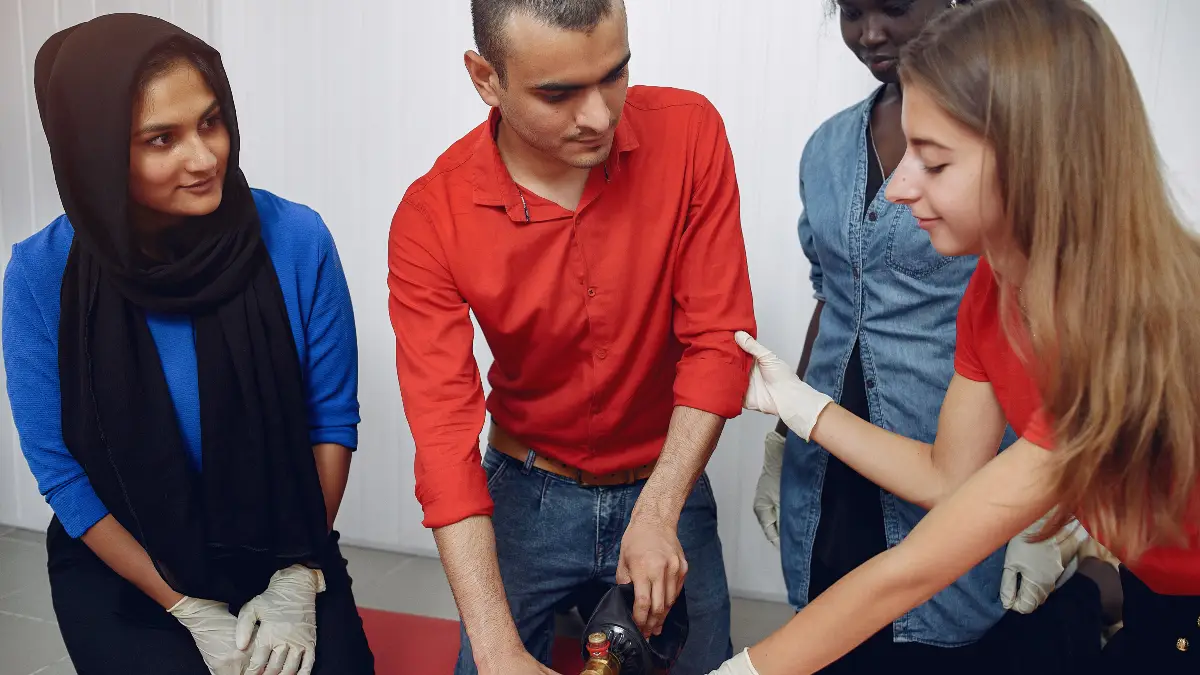
CERT offers free 20-hour hands-on emergency response training taught by local emergency professionals.
There are more than 3,200 local CERT programs across all 50 states, tribal nations, and territories.
Fire safety and suppression, light search and rescue, disaster medical operations, team organization, and basic disaster psychology. Many CERT programs provide basic emergency equipment to graduates at no cost.
Contact your local fire department or visit Ready.gov/CERT to find the program nearest you. More than 600,000 people have completed CERT training since 1985. The program operates in every state.
16. Free Downloads and Apps
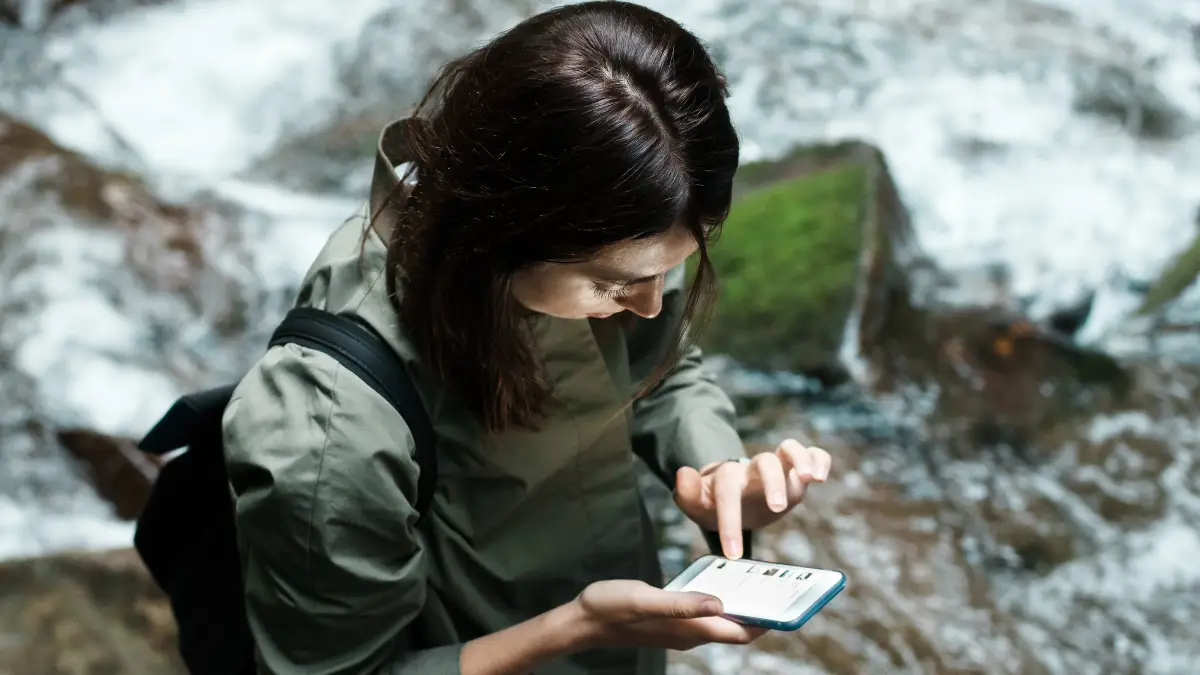
This free smartphone app provides real-time alerts for up to 5 locations, emergency checklists, and a disaster recovery center locator.
Download free emergency supply lists, family communication plan templates, and guides for 17+ different disaster types. Field Manual 21-76 (the “Survival Manual”) and other military guides are available as free PDFs online.
Print these materials to create a physical reference collection that works when the internet doesn’t.
The Church of Jesus Christ of Latter-day Saints offers a comprehensive free preparedness manual to anyone, regardless of religious affiliation. Sweden, Norway, and Estonia publish excellent free citizen preparedness guides in English that offer fresh perspectives.
Supporting Statistics:
- 137 million Americans (41% of the population) lived in disaster-affected areas in 2024.
- There were 90 major disaster declarations in 2024—nearly double the 30-year average of 55 per year.
- Only 20% of Americans have practiced their household emergency plans.
17. Harden Entry Points
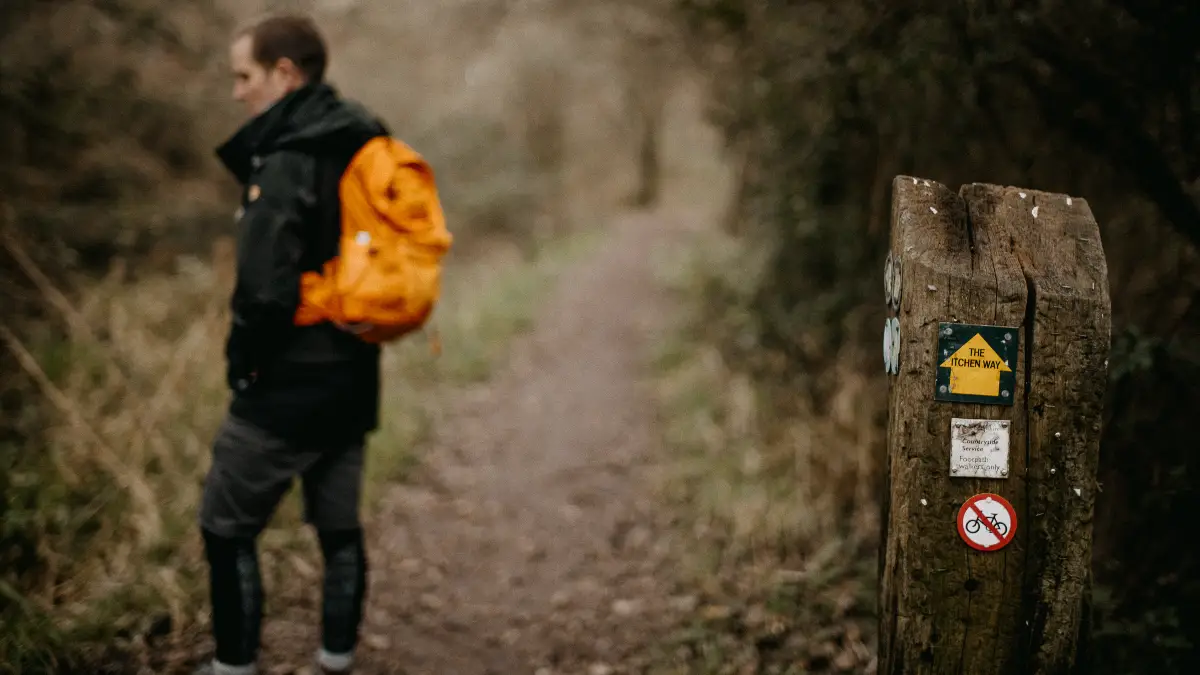
Place wooden dowels or broomsticks in window tracks and sliding door channels. Wedge chairs under doorknobs in a pinch. Rearrange furniture to create barriers or slow down potential intruders.
Plant thorny bushes like roses or barberry near windows. You can often get free cuttings from neighbors or find free plants on community boards.
Trim bushes that block window views to increase visibility. Position mirrors to eliminate blind spots. Use natural light to your advantage.
Most intruders look for easy targets. Even simple barriers deter more than 60% of potential break-ins.
18. Create Emergency Exit Plans
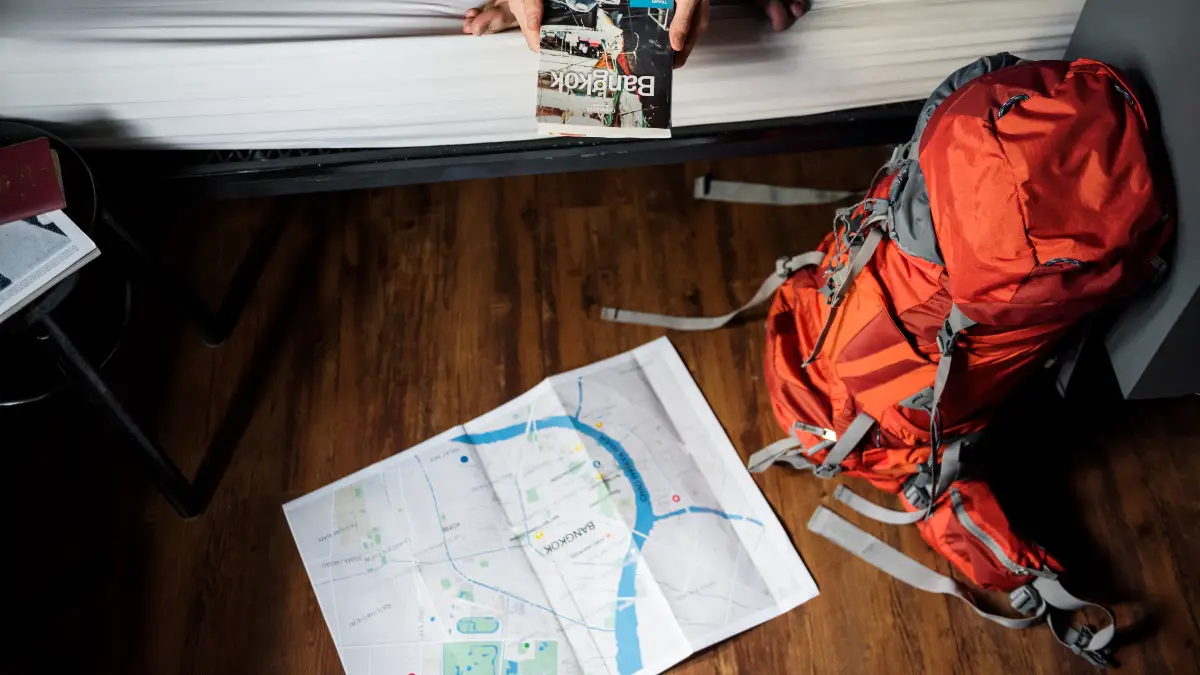
Walk through each room in your home and identify at least two ways to exit. Practice these routes until everyone knows them by heart. For an extra challenge, try them blindfolded.
Choose two meeting locations—one close to your home (like a neighbor’s house) and one farther away (like a library or specific intersection) in case your neighborhood is evacuated.
Run fire drills quarterly. Most families never practice, yet drills cut escape time by more than half. Create a simple written plan with exit routes, meeting points, and emergency contacts. Give copies to every family member.
Cost: This vital safety measure costs nothing but a small amount of time.
19. Neighborhood Watch and Community Networks

Simply introduce yourself to neighbors. Exchange phone numbers. Set up informal watch schedules where everyone keeps an eye out.
Only 12% of Americans plan with neighbors for emergencies—yet this is one of the most effective preparation strategies. Share skills (maybe you’re good at first aid while your neighbor knows car repair), pool resources, and support each other during emergencies.
Research shows neighborhoods with strong social ties recover from disasters 40% faster than isolated households.
Alaska Prepper, a popular preparedness YouTuber, donates thousands of pounds of food to local food banks and constantly emphasizes community connection over isolation.
Supporting Data:
- Community-based preparedness is the least utilized approach (12-14% participation) but shows the highest effectiveness in real disasters.
- Neighborhoods with strong social networks have significantly better disaster recovery rates.
- Simple, free security improvements can reduce break-in risk by more than 60%.
20. Build a Physical Knowledge Library

Check out books from your local library, take detailed notes, and return them. Print essential guides from Ready.gov, FEMA, and free military manuals.
First aid procedures, wild edible plant guides, basic repair manuals, and detailed local maps. Store everything in a waterproof container or sealed plastic bag.
When the power goes out, paper still works perfectly. Digital files are useless without working devices. Many public libraries offer free printing (usually 10-25 pages per visit). Use these resources to build your emergency reference library.
21. Physical Fitness and Mental Resilience
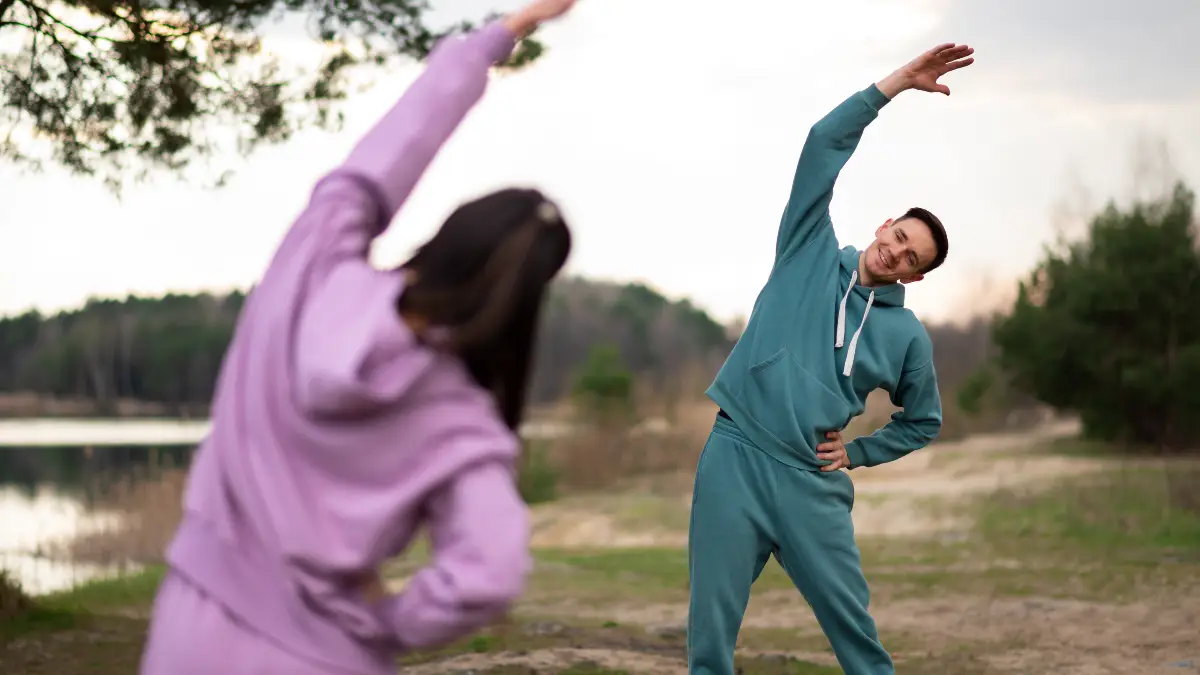
Walking, running, and bodyweight exercises like push-ups, squats, and planks cost nothing. Use rocks or water bottles as weights if needed. YouTube has countless free workout videos. Public parks often have exercise stations. Trails provide natural fitness opportunities.
Practice meditation, deep breathing exercises, and stress management techniques. Mental toughness is as important as physical strength. Your body is your primary survival tool. During emergencies, you may need to walk long distances, lift heavy objects, or function with little sleep.
Practice handling discomfort through cold showers, occasional fasting, or sleeping outside. Small controlled hardships build capacity for larger ones.
About 50% of people don’t believe preparing would actually help them in a disaster. This mindset is more dangerous than lack of supplies.
